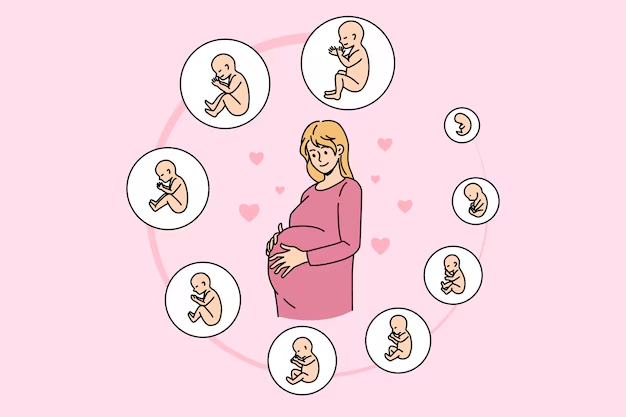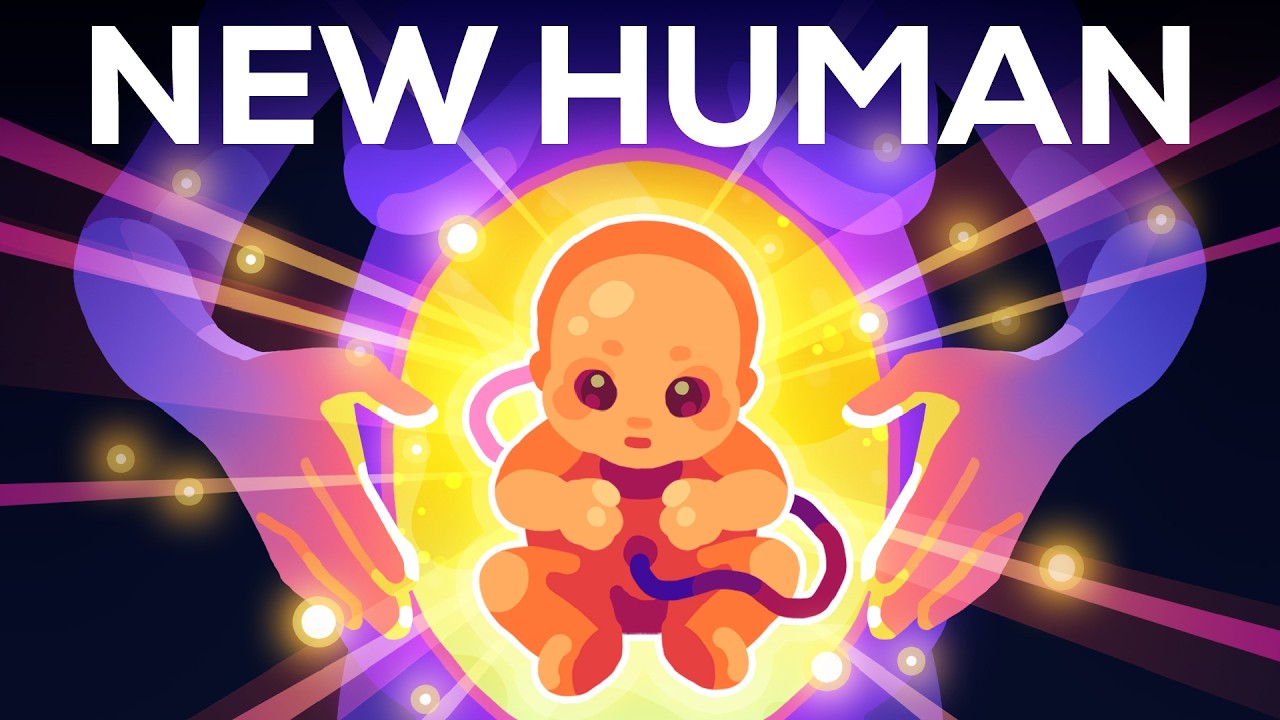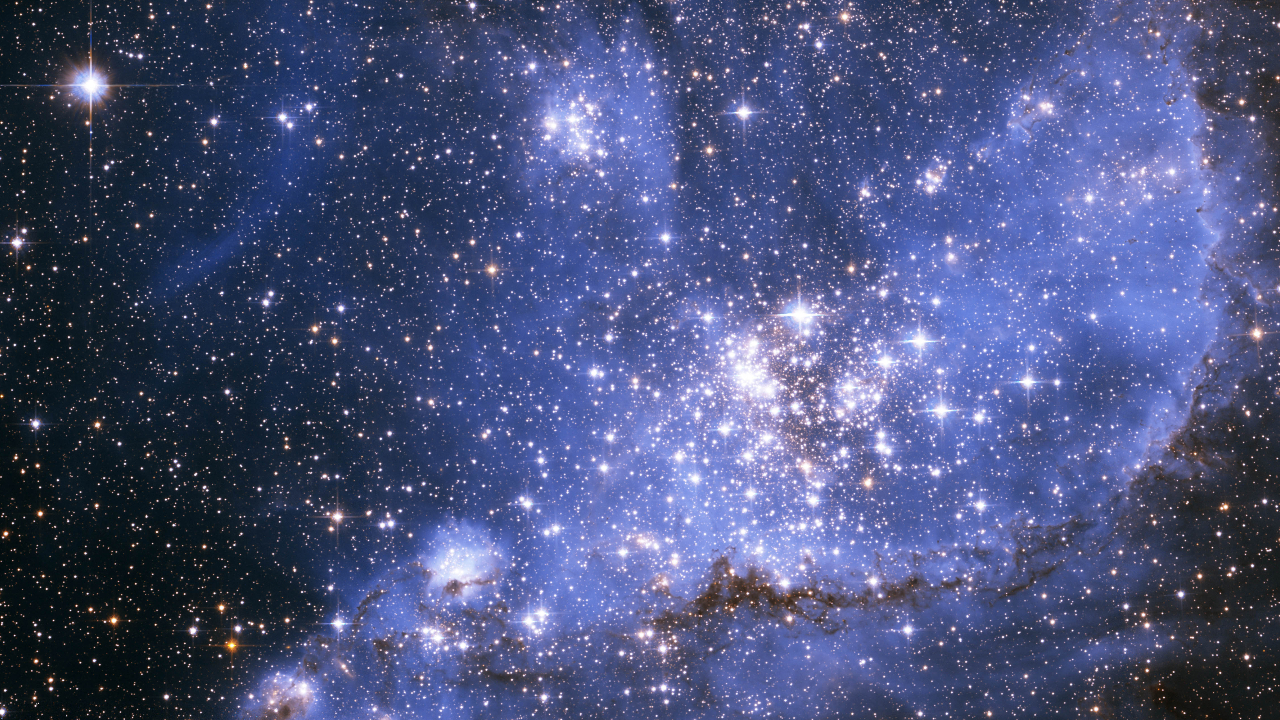The Most Brutal and Beautiful Process on Earth
Pregnancy isn’t the gentle, serene process many imagine. It’s a hardcore biological warfare where babies begin as invaders, growing entirely new organs inside another human being. This is the brutal yet beautiful story of how every human being came to exist.
The Epic Battle Begins with Millions of Sperm Facing Death
The journey of human life starts with what can only be described as an apocalyptic battlefield. When tens of millions of sperm cells are deposited into the female reproductive tract, they immediately face a deadly gauntlet designed to eliminate all but the strongest.
The female reproductive system operates like an impenetrable fortress, defending against these microscopic invaders with ruthless efficiency. The first deadly obstacle awaiting the sperm army is a highly acidic environment, comparable to a chemical weapons facility, guarded by hundreds of thousands of immune cells. This acidic barrier kills millions of sperm within the first thirty minutes, particularly targeting the weaker ones.
The Protective Power of Seminal Fluid
Fortunately for the sperm, they don’t enter this hostile environment completely defenseless. Seminal fluid is alkaline in nature, providing crucial protection against the acidic vaginal environment and giving the sperm a fighting chance to survive the initial assault. This biological buffer system represents one of nature’s ingenious solutions to the challenge of fertilization.
Navigating the Treacherous Maze
Those sperm fortunate enough to survive the acidic onslaught must then navigate through a treacherous maze filled with protein nets. This obstacle course claims millions more lives as sperm become trapped and lost in the labyrinthine structure. It’s a brutal process of natural selection where only the most capable swimmers can continue their journey.
The Mother’s Body: Helper or Hindrance?

Interestingly, the female body’s hostility toward sperm varies dramatically depending on the timing of the menstrual cycle. During ovulation, when a woman is most fertile, her body becomes significantly more hospitable to the invading sperm. The reproductive tract releases chemical guides and reduces its hostile defenses, creating a more favorable environment for fertilization.
This biological cooperation reveals the intricate interplay between the male and female reproductive systems. The woman’s body simultaneously tests the sperm’s fitness while assisting when conditions are optimal for conception.
The Survivors Against Impossible Odds
Of the original tens of millions of sperm that began this epic journey, fewer than 0.0001% – perhaps only a couple hundred – successfully reach the uterine cavity. Here, cervical mucus plays a crucial role in transportation, helping stronger sperm advance while continuing to eliminate weaker candidates.
The mother’s immune cells act as vigilant guards, devouring any sperm that falls behind or takes a wrong turn. This relentless culling process ensures that only the most genetically fit sperm have any chance of reaching their ultimate destination.
Meeting the Mighty Egg: A David and Goliath Encounter
When the surviving sperm finally encounter the egg, they face a truly intimidating opponent. The human egg is a biological monster – 10,000 times larger than a sperm cell and loaded with nutrients and nearly 100,000 mitochondria. This cellular powerhouse contains 50 times more mitochondria than an average cell, making it an industrial-scale energy factory.
The Final Selection Process
Despite reaching their destination, the sperm’s journey isn’t over. The egg itself decides which sperm, if any, will be permitted entry. This final selection process represents the last hurdle in an incredibly demanding obstacle course that has eliminated over 99.9999% of the original contestants.
From Enemy to Invader: The Transformation Begins
Once fertilization occurs, something remarkable happens. The fertilized egg stops being part of the mother and becomes something entirely different – a new being with its own genetic agenda. At this point, what was once cooperation between egg and sperm transforms into a complex struggle between the developing embryo and the maternal body.
The Critical Division of Labor
The newly formed embryo quickly divides into specialized teams. One group of cells will eventually become the baby, while the other cells, called trophoblasts, have a singular mission: to create the placenta, a temporary organ that will make pregnancy possible before ultimately dying.
This means that during embryonic development, there exists an entire population of cells – like a guardian angel clone – whose only purpose is to ensure the survival of the future human. These cells never had the chance to become human themselves; their entire existence was dedicated to making another human possible.
The Most Dangerous Days: Chemical Warfare and Infiltration
The following days represent the most perilous period for the potential new life. The young embryo must navigate through the uterus like a tennis ball rolling through syrup, desperately seeking a place to attach and survive.
Biochemical Negotiations
What follows is an intense chemical dialogue between two living beings. The embryo releases dozens of chemicals announcing its presence and essentially begging the uterine wall’s guard cells for permission to attach. The uterus responds with its own cocktail of hormones and immune signals.
If the mother’s body is satisfied with the quality of this chemical conversation, implantation may proceed. If not, the embryo will be rejected and die. This represents the first major checkpoint where the interests of mother and child begin to diverge.
Viral-Like Invasion Tactics
Facing a life-or-death situation, the embryo doesn’t rely on polite chemical requests alone. It deploys thousands of infiltration units – bubbles filled with genetic material that function like a human virus. These biological weapons attempt to “brainwash” the mother’s uterine cells, convincing them to assist with attachment rather than rejection.
The Weird World of Uterine Milk
During this critical period, one of pregnancy’s strangest features occurs: the production of uterine milk. This isn’t real milk but rather a clear, nutrient-rich fluid that the hungry embryo consumes to gain additional energy before successful implantation. This histiotrophic nutrition represents an ancient biological mechanism that supports early embryonic development.
Successful Implantation: Building a Biological Fortress
Once the embryo successfully attaches to the uterine wall, the real construction project begins. The trophoblasts transform into violent invaders, drilling into uterine tissue like tiny parasitic octopi with multiple arms. This brutal process involves ordering the mother’s cells to destroy themselves, directly killing others, or even devouring some cells whole.
A Highly Regulated Brutality
While this process sounds terrifying, it’s actually highly regulated and doesn’t harm the mother. Instead, it represents another test. The maternal body carefully monitors the embryo’s behavior – is it growing at an appropriate rate, or is it acting erratically?
Embryos with genetic damage or chromosomal abnormalities spend excessive energy on self-repair and grow more chaotically, creating metabolic noise that the mother’s immune system can detect. This triggers an immune response that often results in early pregnancy loss.
The Immune System Paradox: Protection Through Attack
Perhaps the most fascinating aspect of early pregnancy involves the maternal immune system. Normally, immune cells would immediately attack and destroy anything that isn’t part of the mother’s body. The developing embryo clearly qualifies as foreign tissue.
However, pregnancy triggers a remarkable immune system adaptation. The uterine immune cells surround the embryo and begin helping it, guiding trophoblast growth and creating both physical and chemical safe zones. They essentially tell dangerous immune cells like T-cells to stay away.
The Embryo’s Defense Strategy
The embryo doesn’t rely solely on maternal goodwill for protection. Defensive trophoblasts actively send out signals that kill any maternal immune cells that venture too close. Some embryonic cells go even further, spreading throughout the mother’s body and entering organs, including the brain.
Scientists believe these embryonic cells may be programming the mother’s immune system to recognize and protect the developing pregnancy. Remarkably, these cells can remain in the mother’s body for years or even decades after birth, meaning parts of you may still exist within your mother.
The Eight-Week Transformation: From Blob to Human
Around eight weeks after fertilization, the embryo-to-fetus transition begins. At the size of an olive, organ formation commences, and the developing life transforms from an amorphous blob into something recognizably human-like.
The question of when a cluster of cells becomes human remains one of the most complex philosophical and scientific debates. The transition is fluid, with different societies and individuals marking this moment differently based on moral, legal, and scientific considerations.
The Placenta: A Temporary Organ with Extraordinary Power
While the fetus develops, construction trophoblasts work tirelessly to build one of biology’s most remarkable structures: the placenta. This spongy, finger-like organ expands into the uterus, becoming a completely new organ that you once grew inside your mother.
The Silent Hero of Pregnancy
The placenta represents one of nature’s unsung heroes. After birth, it’s ejected and dies silently while everyone celebrates the new arrival. Yet without this temporary organ, human pregnancy would be impossible.
The placenta functions as an enormous fortress, protecting the fetus from potentially deadly microbes during its vulnerable developmental stages. It maintains its own mini immune system, with specialized placental immune cells that eliminate any threats.
The Energy Heist: How Babies Steal from Their Mothers
The placenta doesn’t just provide protection; it actively steals energy from the mother. Placental cells infiltrate the mother’s blood vessels, stretching them and connecting the fetus through the umbilical cord. With blood flow secured, the placenta releases hormones that funnel glucose directly to the developing fetus.
When Theft Goes Too Far: Gestational Diabetes
Sometimes the fetus’s energy demands become excessive, leading to gestational diabetes for the mother. This condition occurs when placental hormones interfere so severely with the mother’s insulin function that her body becomes starved of energy.
The hormones responsible include human placental lactogen, which has an insulin-blocking effect that typically begins around 20-24 weeks into pregnancy. This contra-insulin effect leads to higher maternal blood glucose levels, which may aid fetal growth but can compromise maternal health.
The Genetic Conflict: Maternal vs. Paternal Interests
The energy theft represents a deeper biological conflict. The mother’s genes within the fetus maintain stronger allegiance to her survival than to the new being. However, the father’s genes have no such loyalty – they want the fetus to survive at all costs.
This creates a fragile peace between mother and child, where their interests are never perfectly aligned. Both parties must navigate this biological tension throughout the pregnancy.
The Billion-Fold Expansion: Pregnancy’s Final Months
During the remaining months of pregnancy, the fetus undergoes one of biology’s most spectacular transformations, increasing its weight over a billion times. This staggering growth demands an enormous amount of energy and unprecedented cooperation between mother and child.
Despite the conflicts and biological warfare that characterize early pregnancy, if the fetus reaches this advanced stage, the chances of successful birth become quite high. The developing human has survived one of nature’s most demanding selection processes.
The Selection Story: You Are a Survivor
If you’re reading this article, you’ve accomplished something extraordinary. You survived an amazingly brutal selection process that eliminated over 99.99% of your competitors. From a microscopic package of genes traveling through a deadly obstacle course to fighting for survival through desperate chemical communications and biological warfare, you earned your place in this world.
The Other Side of the Story: You Were Chosen
However, survival wasn’t entirely about conquest. You were also chosen – by hormones that guided you to the right place, by an egg that allowed you to merge into one unified being, and by your mother’s body that approved of how you communicated with her. Her cells protected and cared for you, nourishing you with an incredible amount of energy.
The Beautiful Brutality of Human Biology
Our biology represents a stunning paradox: brutal and unforgiving, yet necessary for the greatest wonder in existence, the creation of new life. Every human being represents a victory against impossible odds, a successful navigation through biological warfare, and ultimately, a celebration of life’s extraordinary persistence.
Pregnancy embodies the complexity of existence itself. It’s simultaneously an invasion and an invitation, a battle and a cooperation, a theft and a gift. Understanding this process reveals the remarkable journey that brought each of us into existence and highlights the incredible resilience of human life.
The next time you encounter a pregnant woman or hold a newborn baby, remember the epic biological adventure that made their existence possible. Behind the miracle of new life lies one of nature’s most fascinating stories – a tale of survival, adaptation, and the relentless drive of life to perpetuate itself against all odds.
Through this lens, pregnancy becomes not just a biological process, but an epic narrative of struggle, sacrifice, and ultimately, triumph. It’s a story that connects every human being to the fundamental forces that shape life itself, reminding us that our very existence is both a battle won and a gift received.
Credits and Disclaimer
This article is based on the educational content from the Kurzgesagt – In a Nutshell YouTube video “Pregnancy is Insane” and draws upon extensive scientific research to provide an in-depth exploration of human pregnancy biology. We extend our gratitude to the Kurzgesagt team for their exceptional science communication that makes complex biological processes accessible to everyone. Special acknowledgment goes to Epic Mountain for their captivating musical compositions that enhance the educational experience of such content.
Educational Disclaimer: This content is provided for educational and informational purposes only and should not be considered as medical advice, diagnosis, or treatment recommendations. Always consult with qualified healthcare professionals for medical concerns, pregnancy-related questions, or reproductive health matters. The information presented here is intended to promote scientific understanding and should not replace professional medical consultation.
For questions, corrections, or additional information about this article, please feel free to contact us. We welcome feedback and are committed to providing accurate, science-based educational content.










Leave a Reply